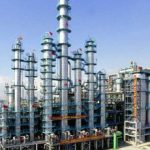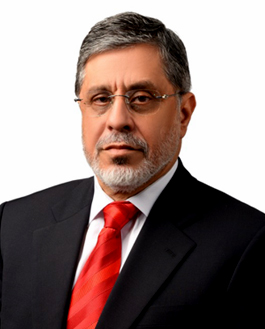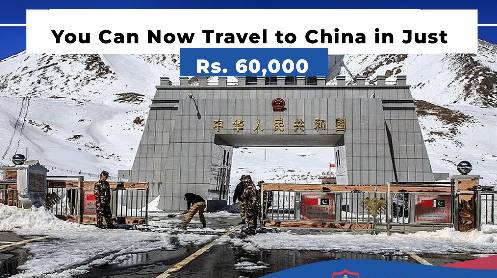The Independent Power Producers’ (IPPs) role is to be finally capped below 10 percent of the power mix and they have to compete for tariffs with the public sector, a model already being used in the developed world.
Also, privatization of utilities should be strictly forbidden and let the National Transmission & Despatch Company (NTDC) be returned to Water & Power Development Authority (WAPDA) while the distribution companies (DISCOs) should be given under the provincial control in line with the constitutional requirements.
The GENCOs, responsible for WAPDAs thermal generation and WPPO, responsible for interfacing with the IPPs, have to develop a least-cost concept and should be controlled by WAPDA in line with the 1958 charter and 1973 constitutional provisions.
The PEPCO may be reverted to its role as a special management company. Above all, the role of reservoirs in the national economy has to be understood if Pakistan is to survive with dignity and a minimum level of prosperity in the comity of nations.
These views were expressed by renowned power generation expert, particularly through dams, Engineer Suleman Najib Khan while talking to Business Recorder on Thursday. He said IPPs could be justified if they were using local fuel sources and supplying power exclusively to the critical industrial zones and export processing zones.
According to him, the new power policy of March 1994 had invited IPPs by the then government of Pakistan while continuing with a ban on WAPDA against constructing new thermal power stations. He said Pakistan had adopted the California model of IPPs but with radical changes i.e. it was being made unsustainably generous. The California model inflicted great damage to the economy of California within the decade of the 90s, he added.
At that time, he recalled, the hibernating HUBCO agreement of Aug 1992 (negotiated since 1985) was made functional by unfair concessions through amendments up to 1994. HUBCO was the experiment, the genesis of which were laid in 1985 on the advice of IMF. It was finally negotiated with a British Group (National Power) who brought in several partners.
To accommodate this 1292MW conventional HFO (furnace oil) fired steam power station, he said, WAPDA had scrapped plans for the 1000MW imported coal project to be financed by Canada and frozen the extension of Jamshoro thermal P.S. for which the Japanese government had offered to accept payment in Pak Rupees.
The World Bank had estimated USD 0.8mn/MW but later allowed USD 1.2mn/MW. This was the period when Bangladesh was purchasing steam power stations with gas-fired boilers at USD 350000/MW. Today, he said, a major chunk of the total thermal installed capacity and Pakistan’s generating capacity is in private hands (effectively foreign hands).
He said both China and India had never appreciated this IMF/World Bank concept and did not allow more than five percent of IPP power in their national grids up to early 2007.
Eng Suleman said it was not a coincidence that the IPPs had found an opportunity to provide over 66 percent of Pakistan’s electric power taking advantage of the low hydel generation cycle. The IPPs propaganda machine was so effective that even sensible people were heard expressing their gratitude for the great contribution of IPPs oblivious that imported fuel-based IPPs were playing havoc with economy, he added.
He said the 1994 power policy invited the IPPs and the public sector was instructed to abandon its own plans for new thermal power stations. Only two thermal stations in the public sector were permitted to complete their expansion. Strangely, the bureaucracy continued to ignore Pakistan’s 40000MW hydro energy potential.





